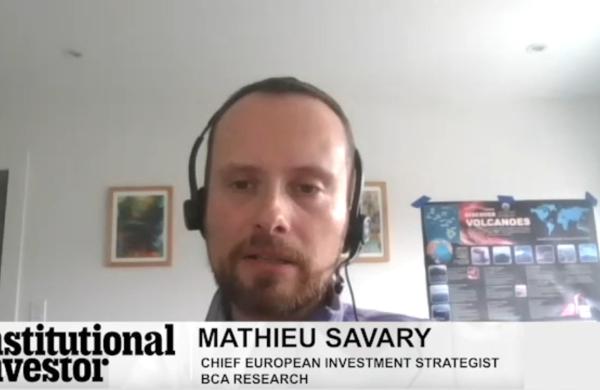For the first few years after they debuted in 1981, 401(k) retirement plans offered institutional funds but not their better-known retail counterparts. Following the 1987 stock market crash, though, workers wanted to keep closer tabs on their funds' performance but found only retail fund returns when they checked their daily newspapers. So 401(k) plan sponsors began to offer retail portfolios. By 1996 retail funds claimed 32 percent of defined contribution assets, compared with 23 percent for institutional funds. (The remainder was in variable annuities, company stock and money market funds.)
Recently, though, institutionally priced investment vehicles known as collective trusts -- including institutional mutual funds, separate accounts and commingled funds -- have made a big comeback. In 2003 institutional assets accounted for 37.2 percent of 401(k) investments, compared with 26.2 percent for retail, according to consulting firm Cerulli Associates. "By 2008 we are forecasting that institutional vehicles will claim 44.5 percent of 401(k) assets," reports Luis Fleites, a 401(k) expert at Cerulli. These funds' portfolios typically are identical to those of their retail counterparts but are sold only to institutional buyers.
What explains the renewed appeal of institutional 401(k) products? Competitive pricing, for a start. An actively managed large-cap equity fund for institutional clients in a defined contribution plan might carry an overall annual expense ratio of 60 basis points, while its retail version -- reflecting marketing, distribution and regulatory expenses -- would cost about 100 basis points, notes Sandy McCarthy, who heads defined-contribution-plan services for CitiStreet, the 401(k) joint venture between State Street Corp. and Citigroup. This gulf in pricing persists even among indexed equity funds, with retail products costing about 20 basis points and institutional ones roughly 5 to 10 basis points.
Faced with such potential savings for plan participants, sponsors are beginning to pressure providers to offer more collective trusts. In March the Merrill Lynch Retirement Group introduced 12 trusts for its defined-contribution-plan clients. In early April, Nationwide Financial Services launched 30 collective trusts specifically designed for plan sponsors with less than $10 million in assets.
"We were looking to expand our investment options with better-priced funds," says Michael Butler, senior vice president for sales at Nationwide, which currently administers about $30.5 billion in defined-contribution-plan assets. Nationwide offers retail mutual funds with wrap charges that average 100 basis points plus an average annual expense ratio of 130 basis points, for a total of 230 basis points. By contrast, the collective funds will have an average wrap fee of only 50 basis points and average expense ratios of 138 basis points, for a total of 188 basis points.
One drawback of collective trusts -- the lack of accessible daily price information -- has disappeared. "Now, thanks to the Internet, defined-contribution-plan investors who wanted to see their mutual fund net asset values in the newspaper can check their collective trusts' NAVs on the Web," says Arnold Stone, a retirement consultant with Aon Consulting.
Competitive pricing should continue to make collective trusts an attractive prospect for 401(k) sponsors, industry executives believe. "Collective trusts will only become more common for defined contribution plans," says Richard Buoncore, president and CEO of Victory Capital Management, a unit of Keycorp, which is subadvising several Merrill Lynch institutional funds.





